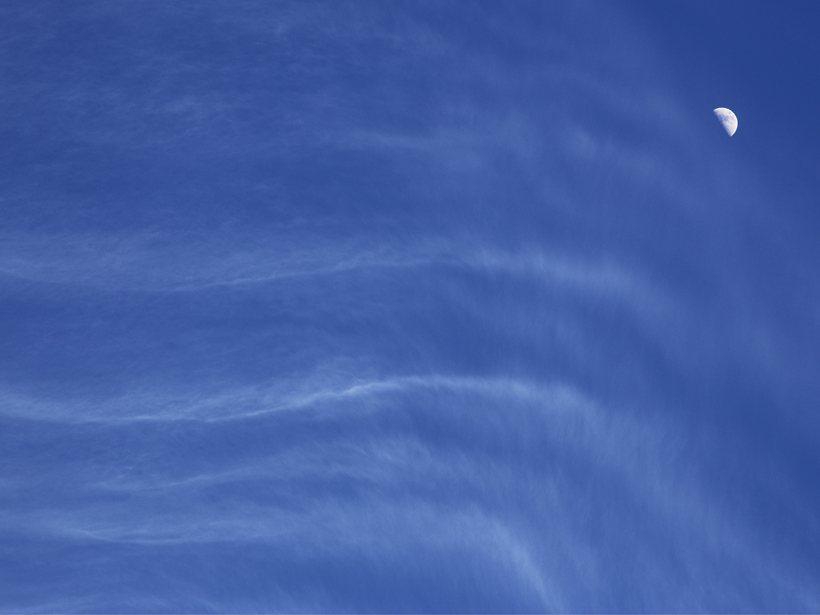Source: Geophysical Research Letters
Just as waves in the ocean mix and distribute heat from one place to another, waves in the sky move atmospheric particles, like water vapor. When warm air rises and squeezes through the tropical tropopause layer (TTL)—the chilly gateway between the troposphere and the higher neighboring stratosphere—it cools, and the water it contains condenses into tiny droplets that gather to form clouds. Dissolved particles also get filtered out in the process, which altogether affects the ozone layer and surface temperatures on Earth. As a general rule, when water vapor in the TTL increases, so does warming on Earth.
A 2010 analysis showed that a 10% decrease in water vapor concentrations in the stratosphere contributed to a slowing of global warming by 25% between the years 2000 and 2009. Global climate models have struggled to parse how this happens. A new study by Kim and Alexander suggests that atmospheric waves may be at least partially responsible.
The authors devised a novel way to calculate just how much atmospheric waves regulate temperatures in the TTL by taking temperatures from five radiosonde stations—floating balloons containing atmosphere-sensing instruments—above the equatorial western Pacific between June 1990 and May 2014. They calculated that the waves lower the coldest temperatures in the region by an average of 1.6°C, compared to the seasonal mean. Using these calculations, the team reported that atmospheric waves may have been partially responsible for a sudden decrease in the coldest temperatures in the TTL and water vapor in the stratosphere at the end of 2000.
Although the propagation and source of these waves, which change over time, must be further analyzed, this study confirms that waves are crucial regulators of water vapor in the stratosphere. (Geophysical Research Letters, doi:10.1002/2014GL062737, 2015)
—Julia Calderone, Freelance Writer
Citation: Calderone, J. (2015), Atmospheric waves help cool our planet, Eos, 96, doi:10.1029/2015EO037055. Published on 12 October 2015.
Text © 2015. The authors. CC BY-NC 3.0
Except where otherwise noted, images are subject to copyright. Any reuse without express permission from the copyright owner is prohibited.

